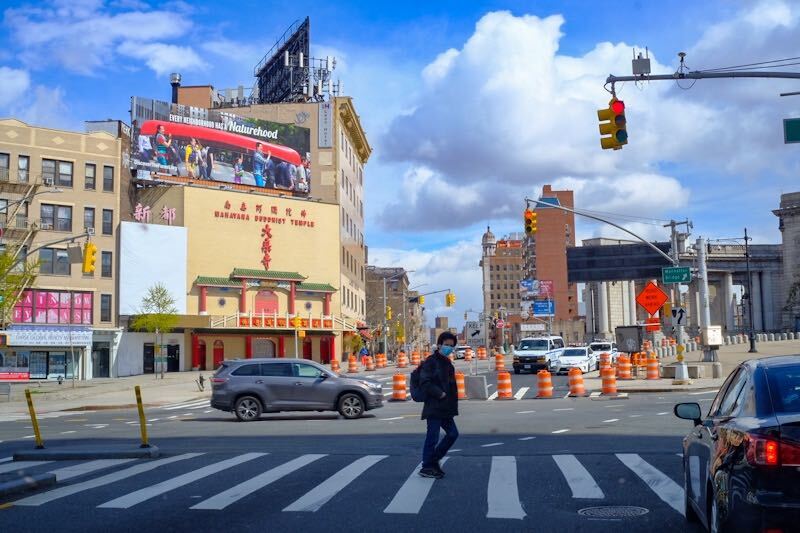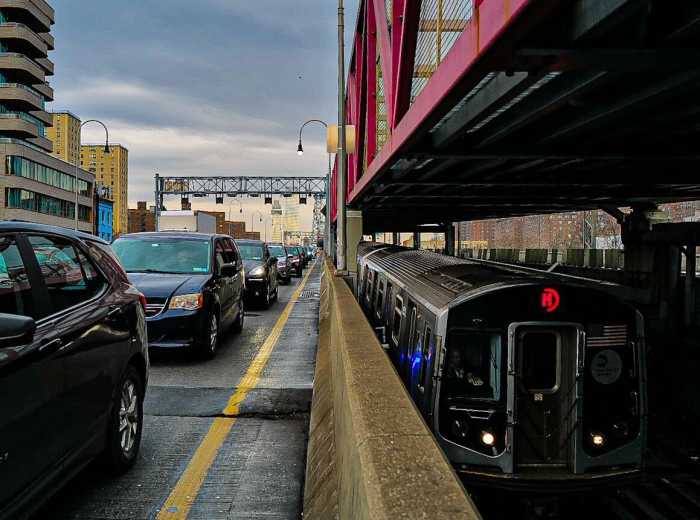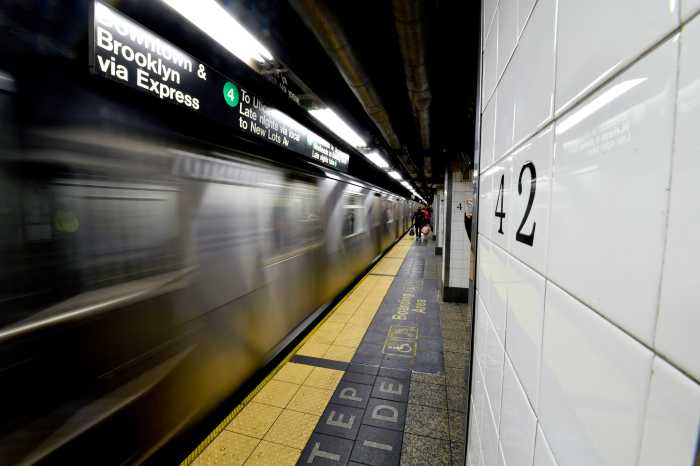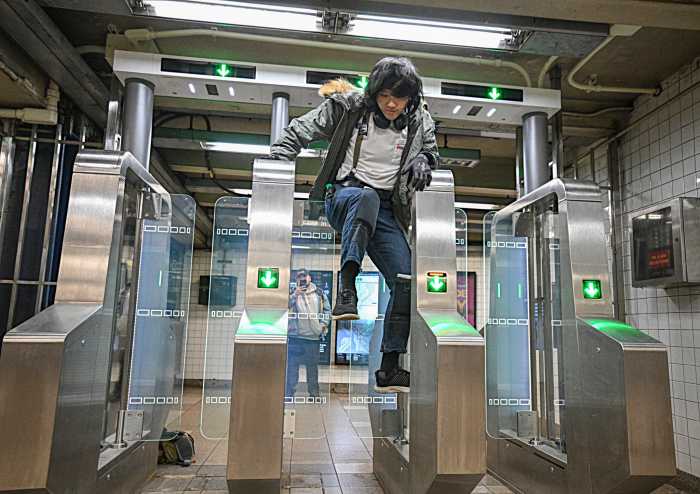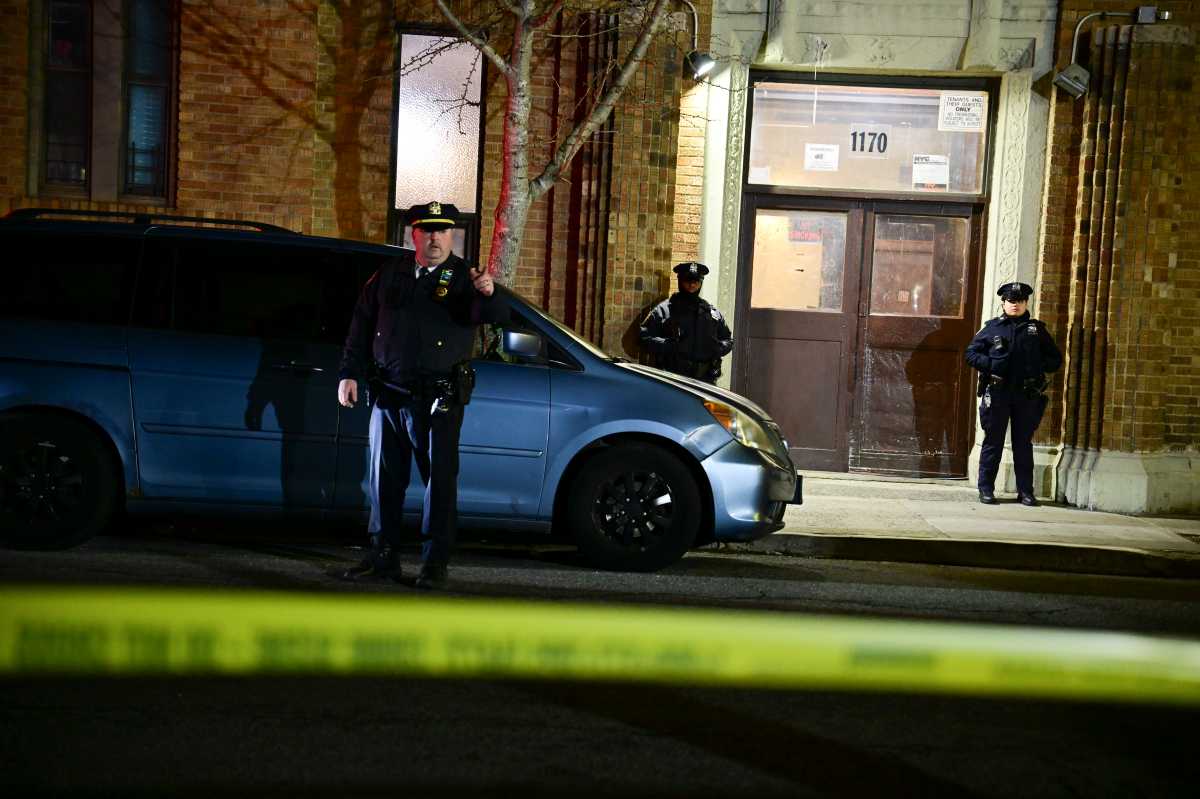For New York City Department of Transportation Commissioner Polly Trottenberg, the restrictions on daily life from COVID-19 came with an upside: a 30-day streak of no pedestrian deaths across the five boroughs.
The streak was seemed snapped early Tuesday morning by a fatality in Queens, later deemed a homicide by NYPD. Still, the city had gone a full month without a pedestrian death.
Year-to-date, 26 pedestrians have died and one cyclist which is lowest the fatalities have been in the last seven years when 55 people had been killed in struck by cars in some fashion by April 13, 2013.
But since the city started keeping a tally of pedestrian fatalities in 1983, the 30 days without a death that DOT recently recorded was the longest on record.
“Typically, unfortunately we see two to three pedestrian fatalities per week on sort of an average time,” DOT Commissioner Polly Trottenberg told amNewYork Metro. “Since the stay at home orders came down, we’re seeing a big reduction in traffic on the streets, obviously with fewer pedestrians out there, and a big reduction in collisions and collisions with injury. What we are seeing… is hugely increased in speeding.”
Trottenberg said the late-night roadside death in Queens, in the early hours of April 14, was still under investigation by NYPD; it’s unclear if speed was a factor.
But since the self-quarantine measures were put in place in early March by Governor Andrew Cuomo, vehicle miles traveled by borough has been reduced from between 78% in the Bronx to about 92% in Manhattan, according to statistics from StreetLight Data.
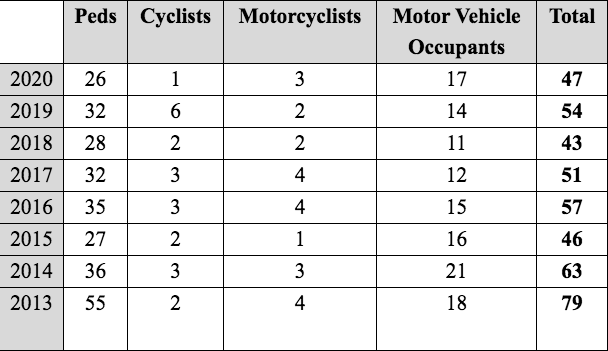
“We’ve learned something that I think is no surprise; fewer cars and people out on the streets does appear to obviously reduce traffic and fatalities. It does increase speeding, I don’t want to be complacent and I don’t want to interpret a month of data. I’m still plenty concerned about the incredible increases in speed we’re seeing,” Trottenberg said. “I think we’ve also seen as people have not wanted to ride mass transit, we’ve seen growth in cycling. I certainly think that’s going to be one of the takeaways a lot of cities are going to look at as people start going back work.”
DOT has observed an decrease of -45% to -65% on crossings into the core as compared with last year’s numbers while Midtown zone speeds have doubled from an average of about 6 mph to 12 mph.
The DOT will be looking at how demand for cycling infrastructure or mass transit will evolve as the economy makes its eventual recovery.
The single cyclist fatality in 2020 is five fewer than the 6 cyclist deaths reported at the same time a year ago. Also, at this same point in April 2019, there had been 32 pedestrians killed.
The year with the lowest cyclist fatalities was 2018 with 10; by this time two years ago, there were only two deaths on two wheels and 28 on foot.
“We’ve only had one so far. I hate to jinx it by saying it, but it’s encouraging,” Trottenberg said.
As for the larger goals for Vision Zero under the de Blasio administration, some dreams may fall by the wayside as the city battles coronavirus.
Trottenberg said emergency work would take precedent over new projects for the time being.
Activists pushing for the completion of the final phase of the Queens Boulevard bike lanes from Yellowstone Boulevard to Union Turnpike for the past two years, the wait may continue. In February after Trottenberg said the bike lane installment would commence in the summer, Mayor Bill de Blasio put the hopes of the cycling community on hold again.
Correction note: an original version of this article said it was a 29-day streak. It was a 30-day. We regret the error.
Postscript: initially this story reported that the streak was broken by a pedestrian death in Queens; since then NYPD has deemed this incident a homicide. DOT does not consider homicides as traffic fatalities, so the streak lives on by that qualification. We leave acceptance of this up to the reader. DOT said it was “cautious about any kind of victory lap.”



